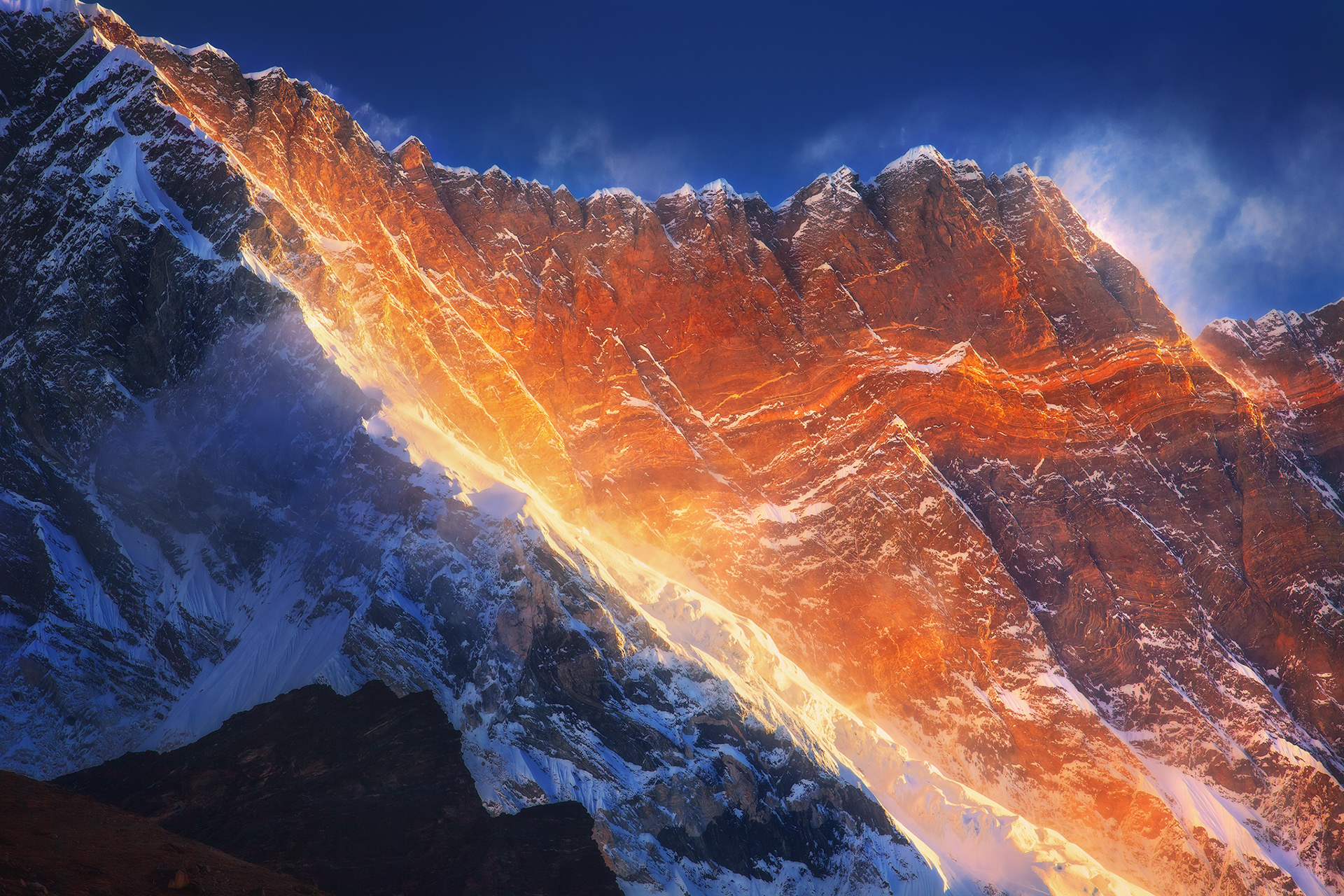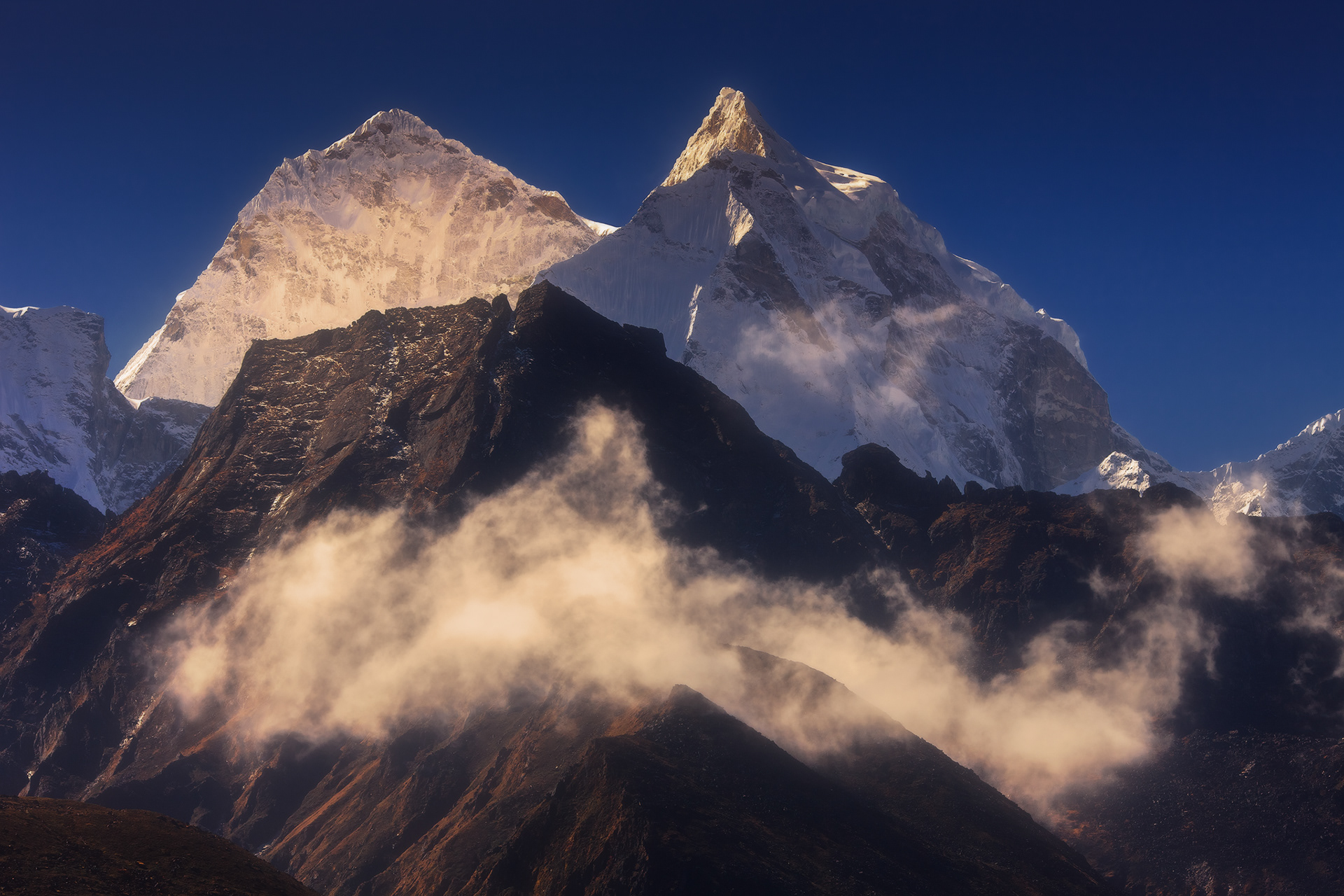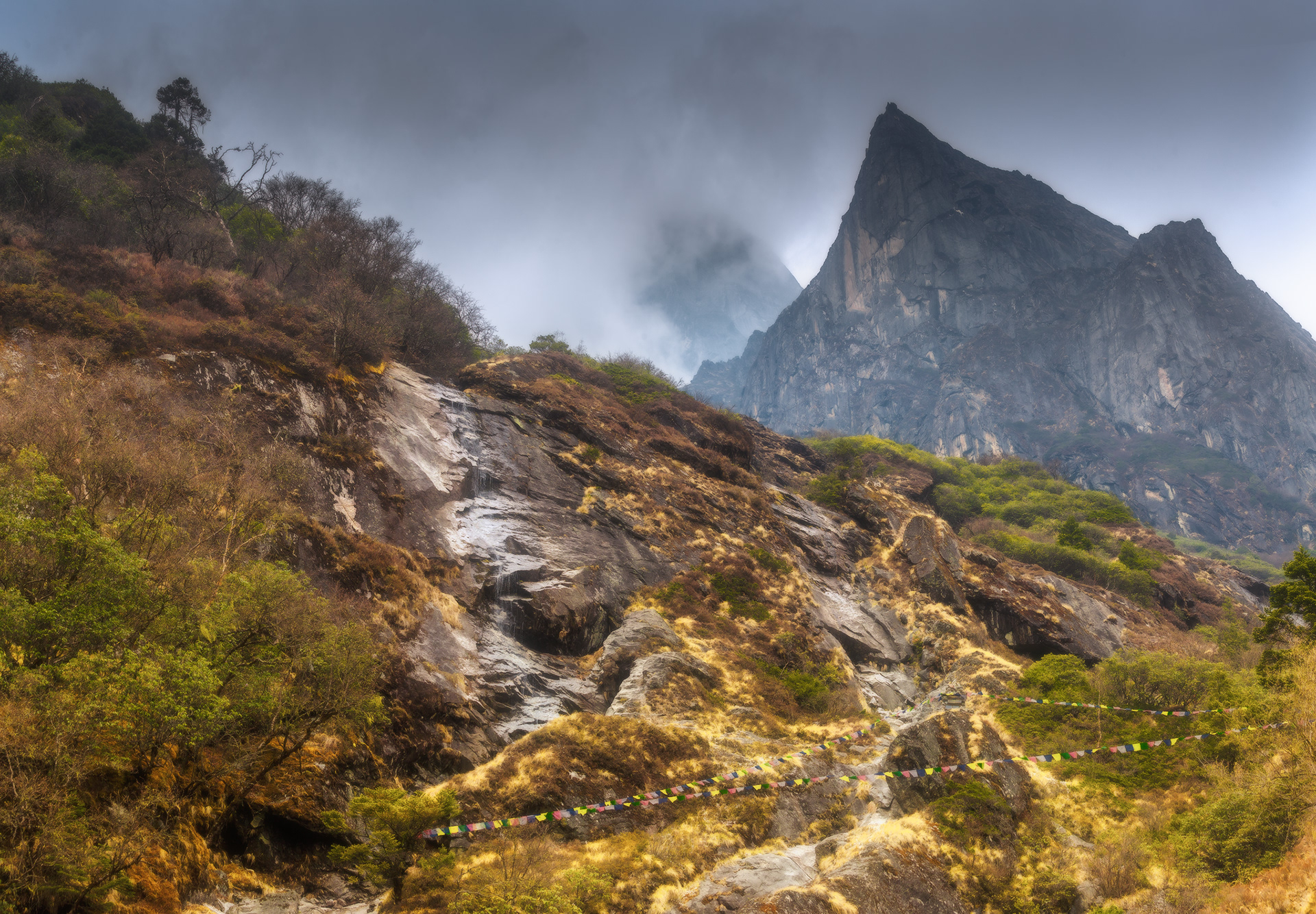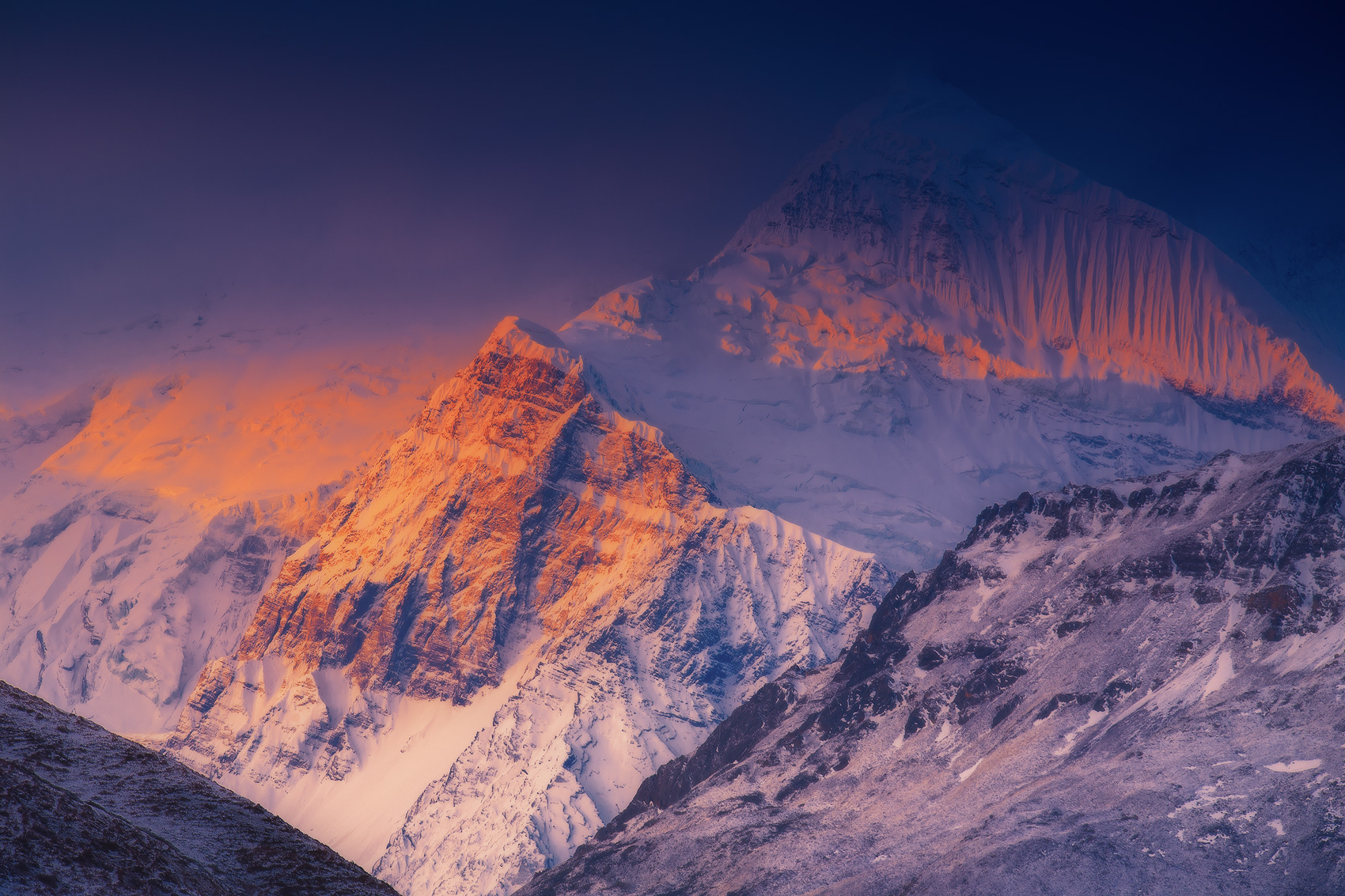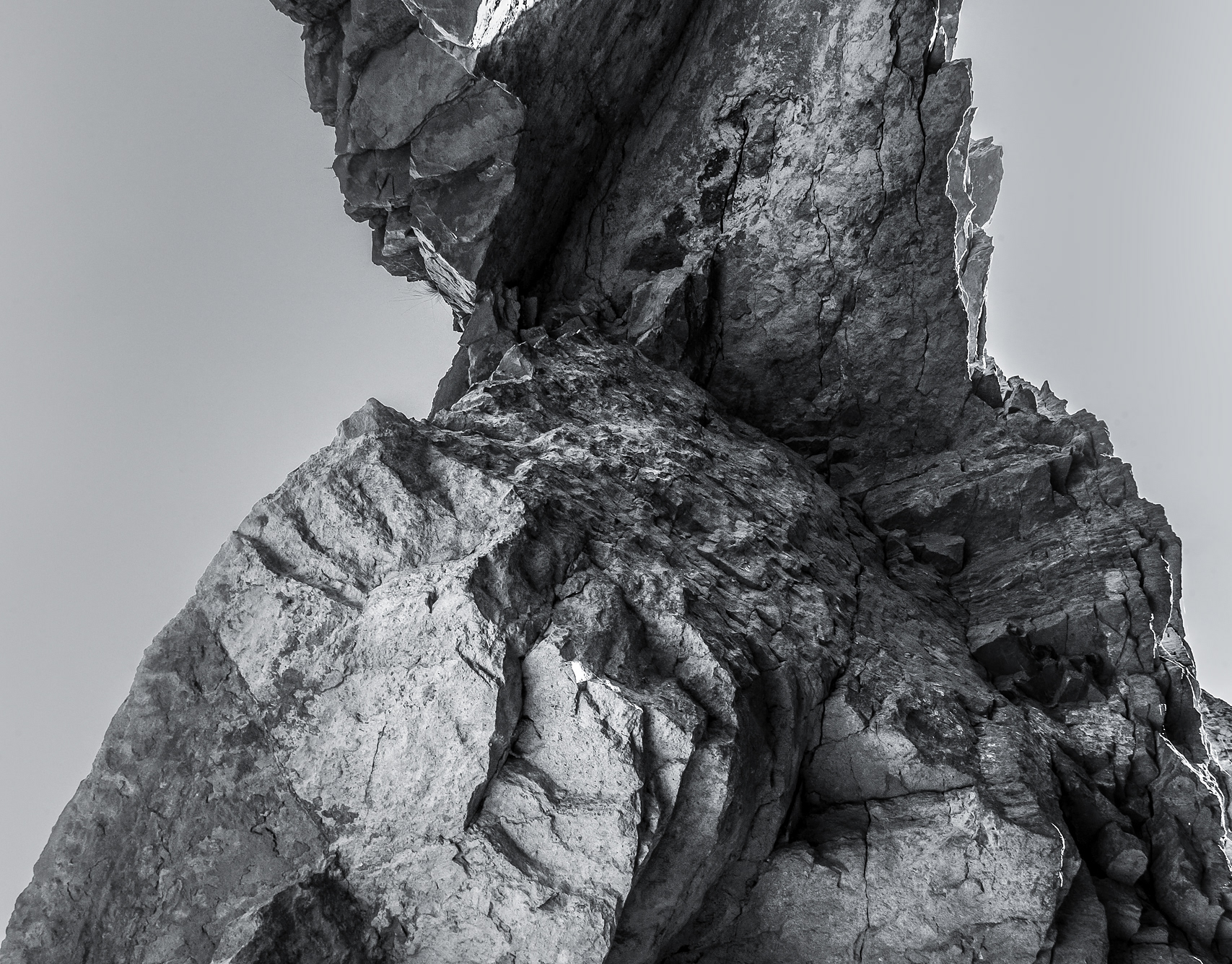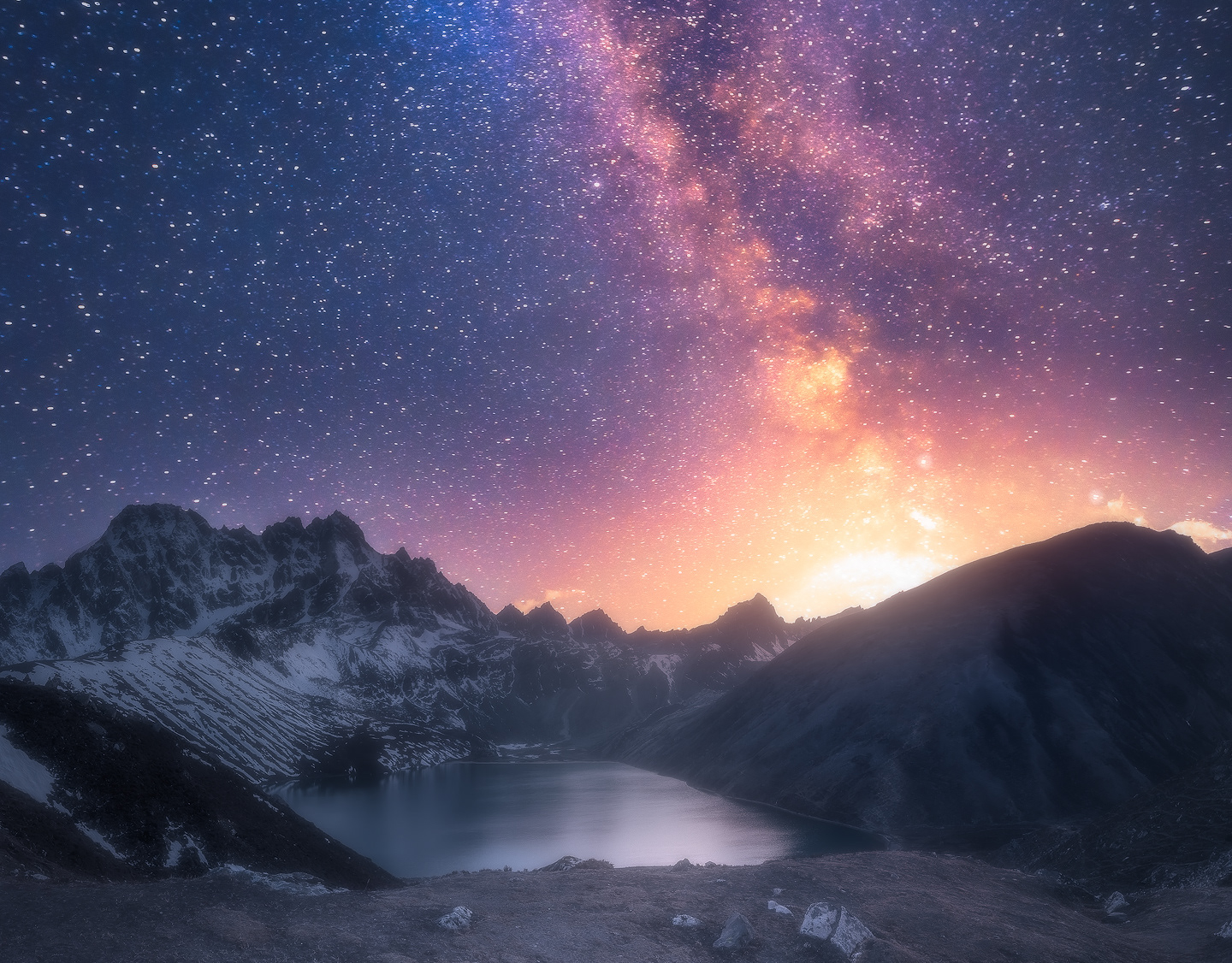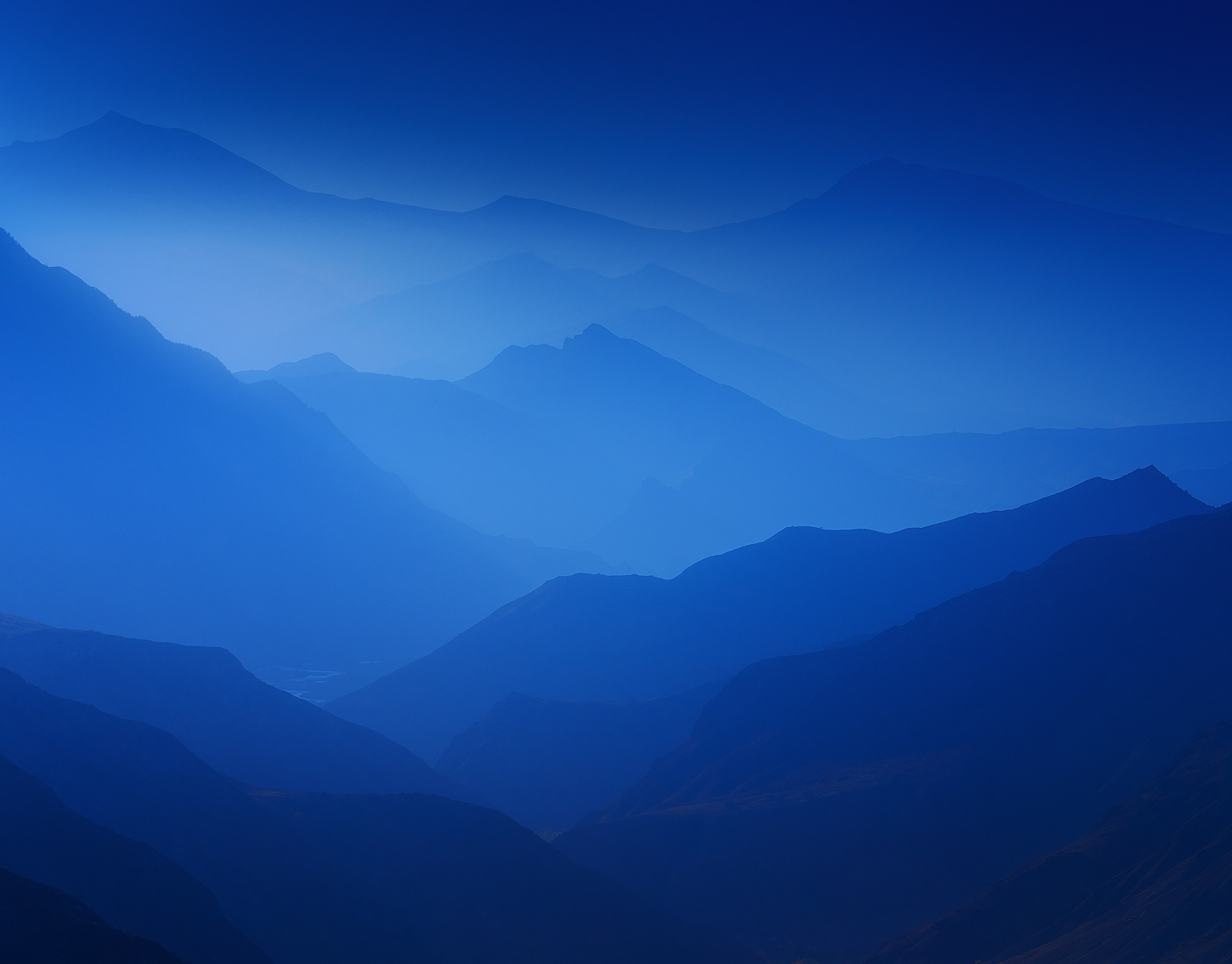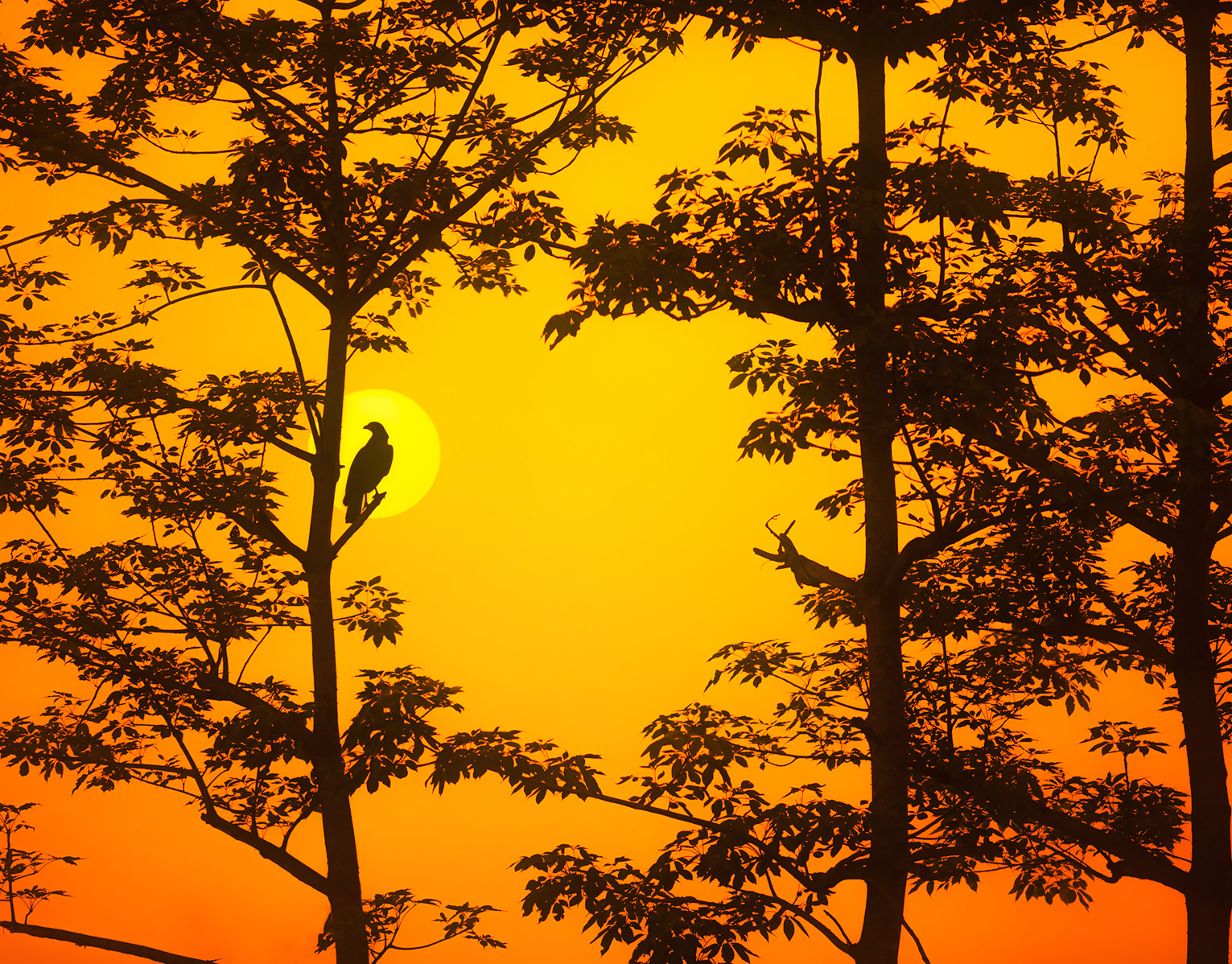Amazing sunrise over mountain Ama Dablam in Khumbu valley - the one of the most famous and spectacular peaks in the World.
View on Toboche Peak from a trail to Dole
View on mountain Ama Dablam from Mon La pass
Shaggy Yak on the background of the eight-thousander Cho Oyu, Gokyo Lakes, Sagarmatha National Park
Sunset view Thamserku (6608 m) and Kangtega (6,782 m), known also as The Snow Saddle - a major mountain peaks of the Himalayas in Nepal. Its summit rises metres (22,251 ft). It was first ascended in 1964. The first ascent on Thamserku was made in 1964 from the south by members of Edmund Hillary's Schoolhouse Expedition: Lynn Crawford, Pete Farrell, John McKinnon, Richard Stewart and Phu Dorje Sherpa. Below the basin on the southwest face, they reached the south ridge after climbing a difficult couloir. The team described the climb as difficult and the route has not been repeated in its entirety by anyone else. In 2014, Russian climbers Alexander Gukov and Alexey Lonchinskiy made the first ascent on the southwest face.
Sunrise over Himalayan peaks in Sagarmatha National Park
Spring colours of Himalayas and Toboche Peak on background
"The Snow Saddle" - mountain Kangtega, view from Dole
Caravan of Yaks, Sagarmatha National Park
There is a lake just below this pass to the east, and in Tibetan 'cho' is lake, 'la' is pass, and 'tse' is peak so Cholatse means literally "lake pass peak".Cholatse was first climbed via the southwest ridge on April 22, 1982 by Vern Clevenger, Galen Rowell, John Roskelley and Bill O'Connor. The north face was successfully scaled in 1984.
The Nepali Himalayas are warming significantly in recent decades. Ngozumpa glacier is showing signs of shrinking and thinning, producing melt water. Some of this water pools on the surface where an enormous lake is growing. This lake, called Spillway, has the potential to be about 6 kilometres (3.7 mi) long, 1 kilometre (0.62 mi) wide and 100 metres (330 ft) deep. In the future this might be a threat to the Sherpa villages down the valley.
Village Pangboche and mighty wall of mountain Lhotse
First sunlight on double-peaks of Mansiri Himal, Manaslu Conservation Area
Makalu has two notable subsidiary peaks. Kangchungtse, or Makalu II (7,678 m) lies about 3 km (2 mi) north-northwest of the main summit. Rising about 5 km (3.1 mi) north-northeast of the main summit across a broad plateau, and connected to Kangchungtse by a narrow, 7,200 m saddle, is Chomo Lonzo (7,804 m)
Summit of Ama Dablam, aerial photo
Aerial photo of mountain Ama Dablam
The mountain's name is धौलागिरी (dhaulāgirī) in Nepali. This comes from Sanskrit where धवल (dhawala) means dazzling, white, beautiful and गिरि (giri) means mountain.
A strong wind blows away clouds and snow from one of the Himalayn peaks, lit by morning light, Manaslu Conservation Area
After sunset, Makalu-Barun National Park
The setting sun illuminates the clouds swirling over the Himalayan peaks
First light of sunrise behind Tilicho Peak
Mountain Makalu - the fifth summint of Planet - on sunset

